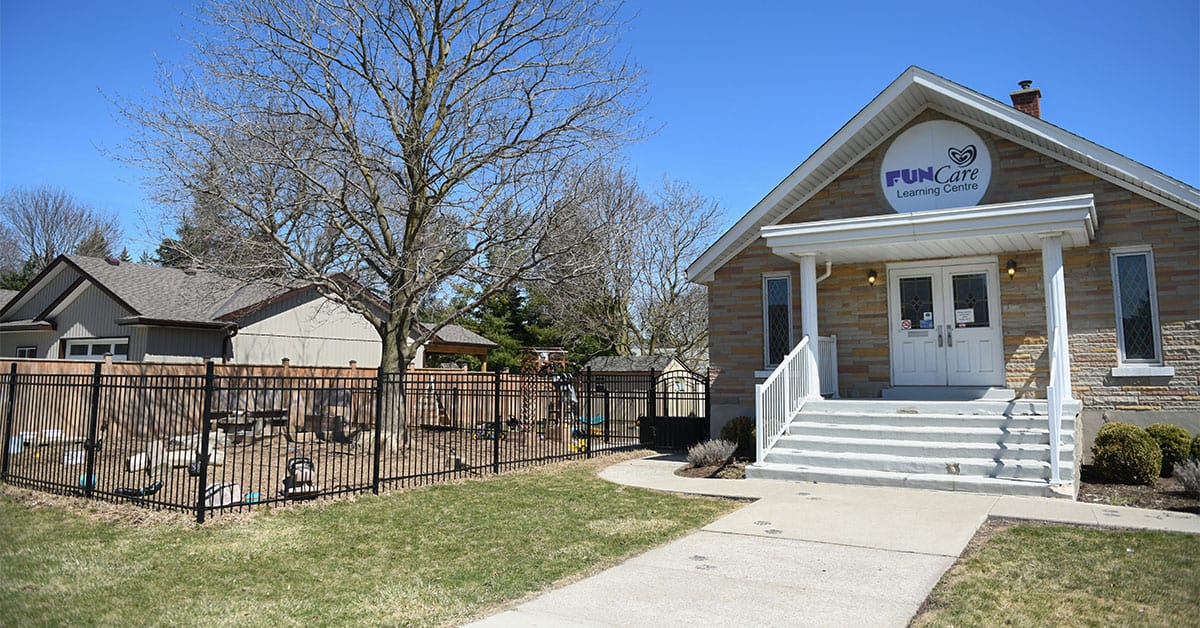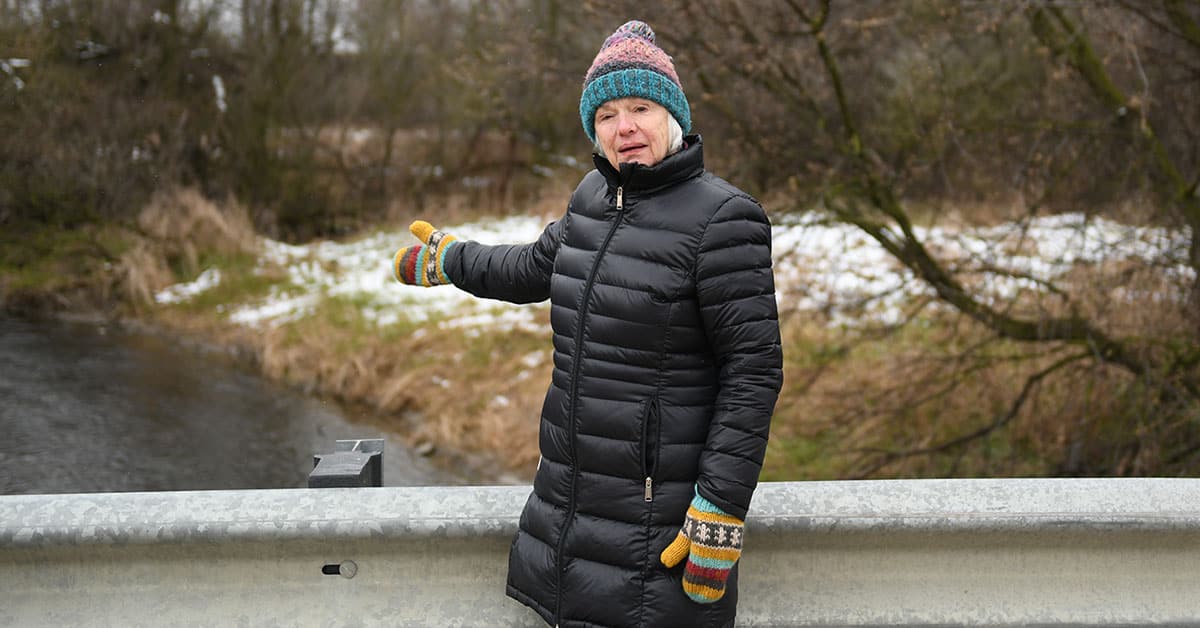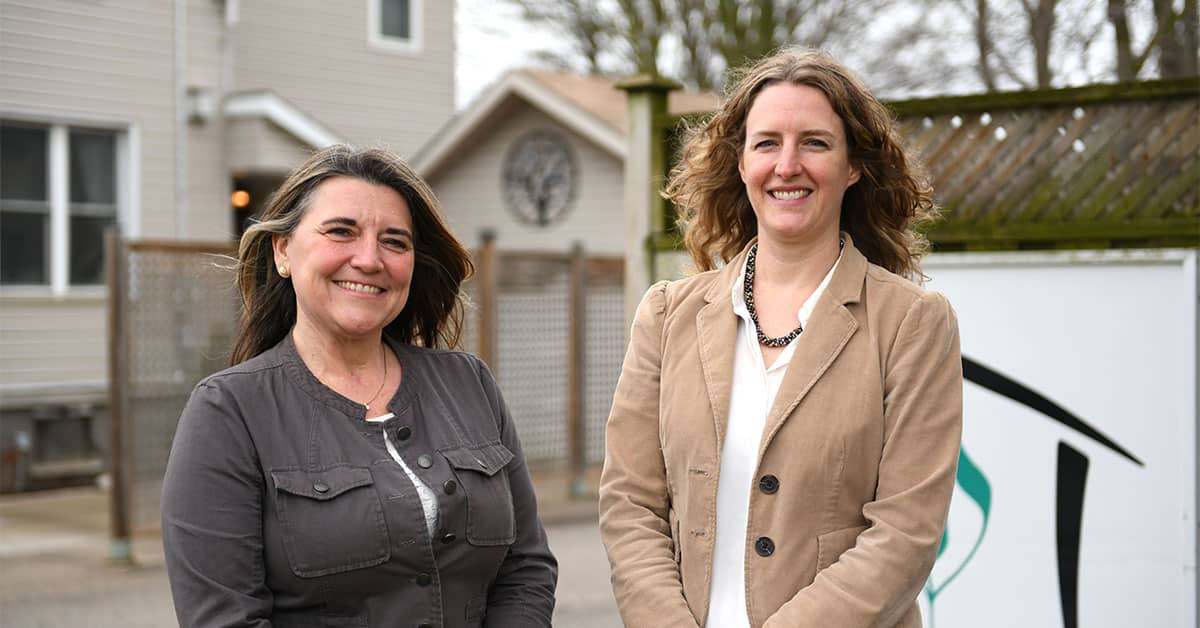Ten-dollar-a-day childcare is coming to Waterloo Region, but getting access for all could be a rough road
Anticipated problems include lack of space and staff. Families who do not use licensed care providers are unable to access funds.
Barb Cardow, director of children’s services at the Region of Waterloo, is excited about the incoming $10/day early learning and childcare program across Ontario, but acknowledges implementation could be tricky.
“[The plan] will address affordability in a way that we have never been able to address it before,” said Cardow. “It will make a significant difference for women and for all citizens to be able to go to work and go to school and know that their children are well cared for.”
“This is, I think, the most exciting time for families, women and children.”
Ontario Premier Doug Ford last month announced signing a Canada-Ontario early learning and child care agreement. This is a five-year agreement between the province and the federal government to reduce the cost of licensed child care to an average of $10 a day by March 2026.
The program began with a reduction of an average of 25 per cent of the cost beginning this month. The cost will be further lowered by an average of 50 per cent by the end of the year. The program applies to children under six years of age.
The initial subsidy will be retroactive to April 1, with refunds directed to parents through their licensed care providers.
Only families who send their children to licensed providers will be able to access the subsidies.
Cardow said there are approximately 130 licensed childcare centres, and about 350 to 400 licensed home childcare providers. Together, these provide approximately 6,000 licensed spaces.
Cardow said research shows a community needs enough spaces for about 40 per cent of its population under the age of four to meet demand.
“Right now, we have enough spaces for about 25 per cent of the zero to four population. So we know we need to grow considerably.”
“We know that in order to meet demand, we need close to 3,000 more spaces in Waterloo Region based on our current population. So that’s a lot of growth that is needed and we are continuing to work on that,” she said.
Cardow said the region is working to increase the number of licensed spots by accessing provincial capital funding to create more centres, and by continuing to grow the licensed in-home care program.
She expects the reduction in cost will further increase demand, but by how much is unclear.
She also estimates there are approximately 2,000 unlicensed childcare providers in the region, who are each legally allowed to care for up to five children. Unlicensed providers are expected to follow the same standards as licensed providers, but the ministry of education does not regularly inspect them unless a complaint is received.
These unlicensed providers will need to become licensed in order to access the funding from the government. Cardow said the region will work with service providers to overcome any barriers to becoming licensed, and predicts many will decide to become licensed.
Becky Riddle is an unlicensed child care provider based in Elmira.
“I think it’s a really good idea to help young families; everybody could use help,” said Riddle. “I think it’s not really looking at the whole picture to only offer help to families who want their children in home childcare, or want their children in registered childcare.”
Riddle said there are many instances where providing subsidies only through licensed facilities does not make sense. For example, many families pay a grandparent to watch children. Or, if a family has found an unlicensed child care provider they like, making that family switch providers does not make sense, said Riddle.
“It’s a question of choice. So if I want my mom to look after the kids, I should still receive a subsidy. Or if someone wants to stay home with their children, why shouldn’t they be able to apply that subsidy for them to look after their own children?”
“Ultimately childcare should be what the parents see as the best match, not where the government decides they should go.”
Another issue Cardow anticipates is staffing. She said the region is already hearing from childcare operators that they cannot find enough staff to hire, even if they have extra capacity.
“It will be hard to expand if we can’t get enough workers,” said Cardow.
Riddle does not think the government subsidy will squeeze her out of the market in the near future, because of the lack of available childcare spaces. If it ever gets to that point, she does not plan to become licensed.
Riddle said she did become a licensed caregiver at one point during her caregiving career, and decided not to continue because she found it to be over-regulatory.
“It’s not a question of safety,” said Riddle. “There are lots of safe unlicensed home daycares. And there are, I’m sure, some unsafe. And I’m sure there are unsafe licensed daycares as well.”
“For people who are choosing to do this at home, a lot of the things that we like about doing a business at home are taken away [by becoming licensed]. So for me, I won’t switch over.”









